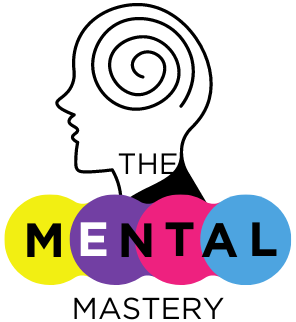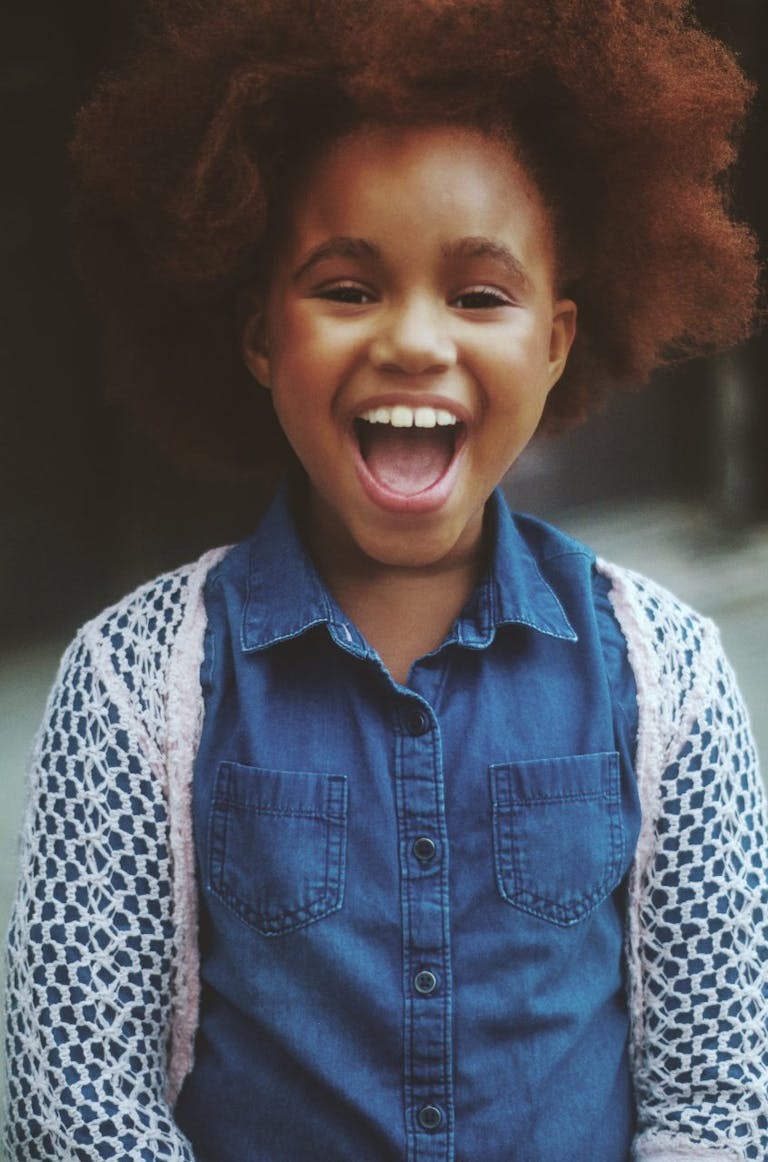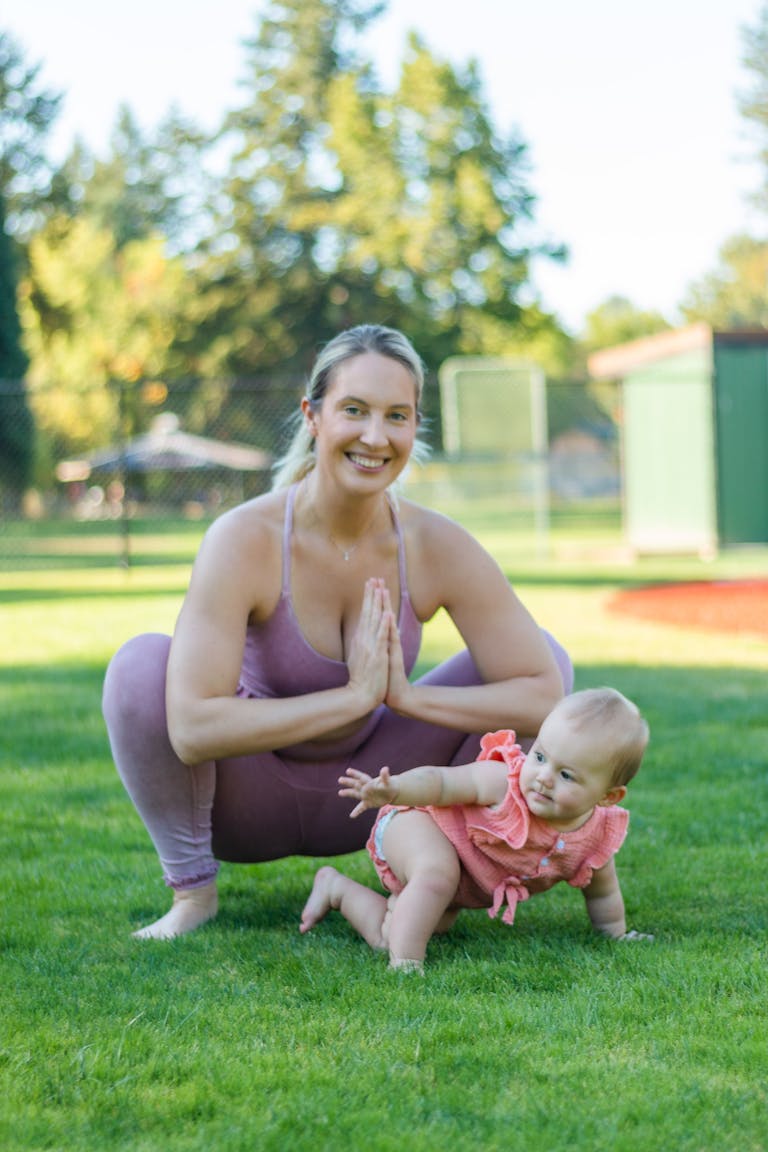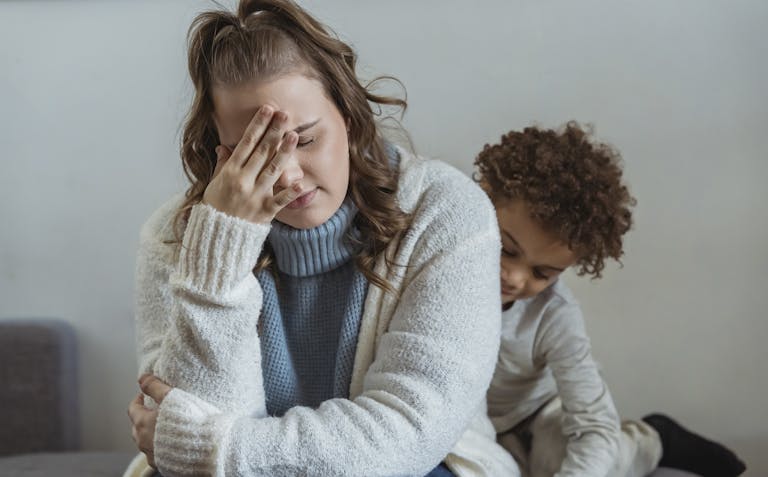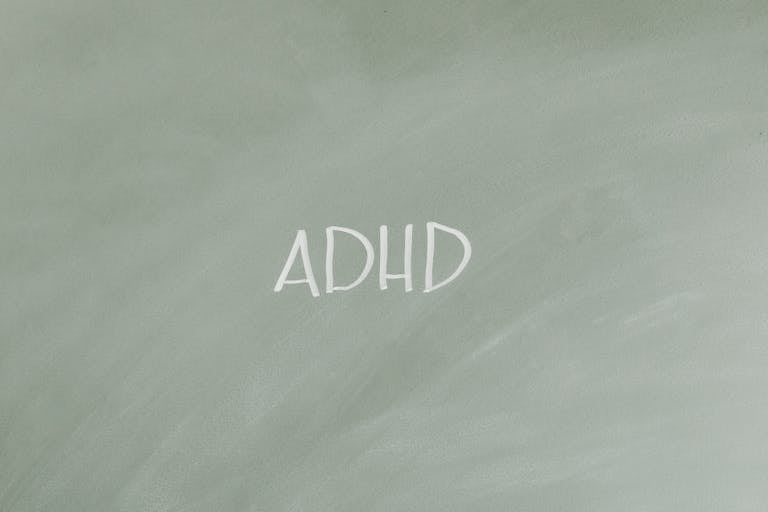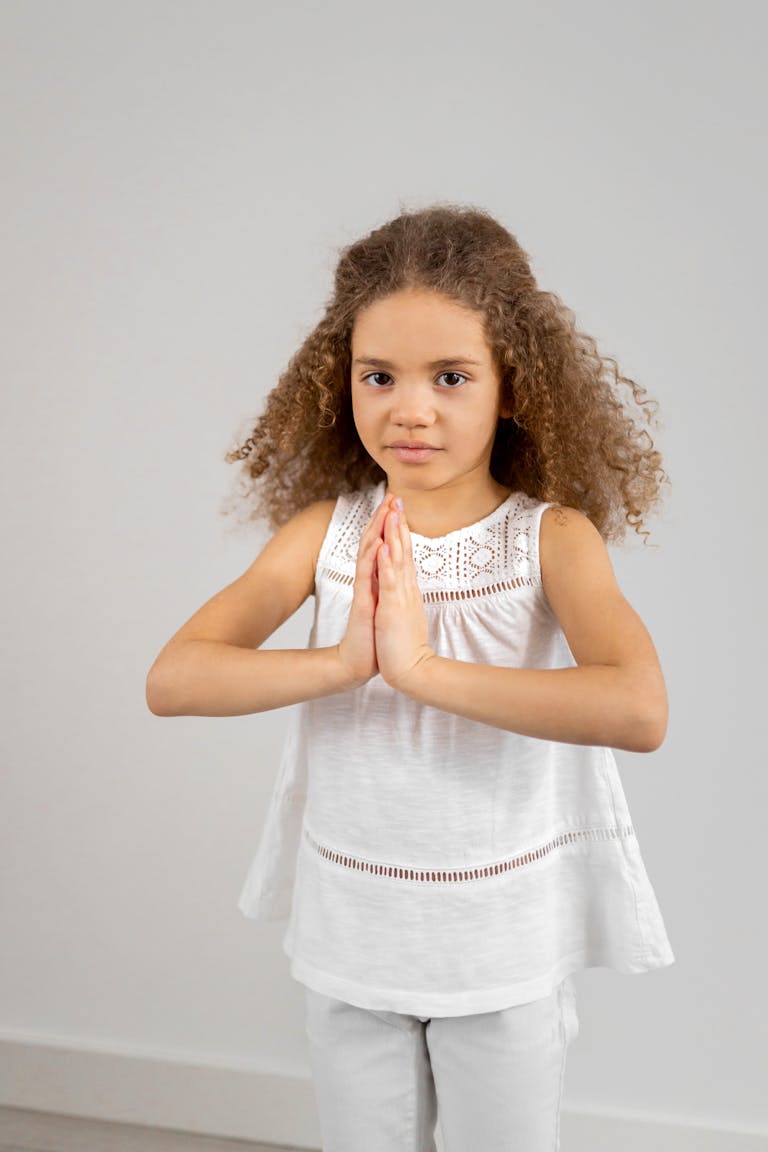Understanding Childhood Anxiety: Symptoms, Causes, and Treatments
Introduction
Worldwide, childhood anxiety is a problem that is becoming more and more prevalent. It has the potential to have a big impact on a child’s everyday life, as well as their well-being, social interactions, and academic achievement. In order to provide the appropriate type of support and intervention, parents, educators, and mental health professionals must have a thorough understanding of the signs, causes, and treatments of anxiety in children.
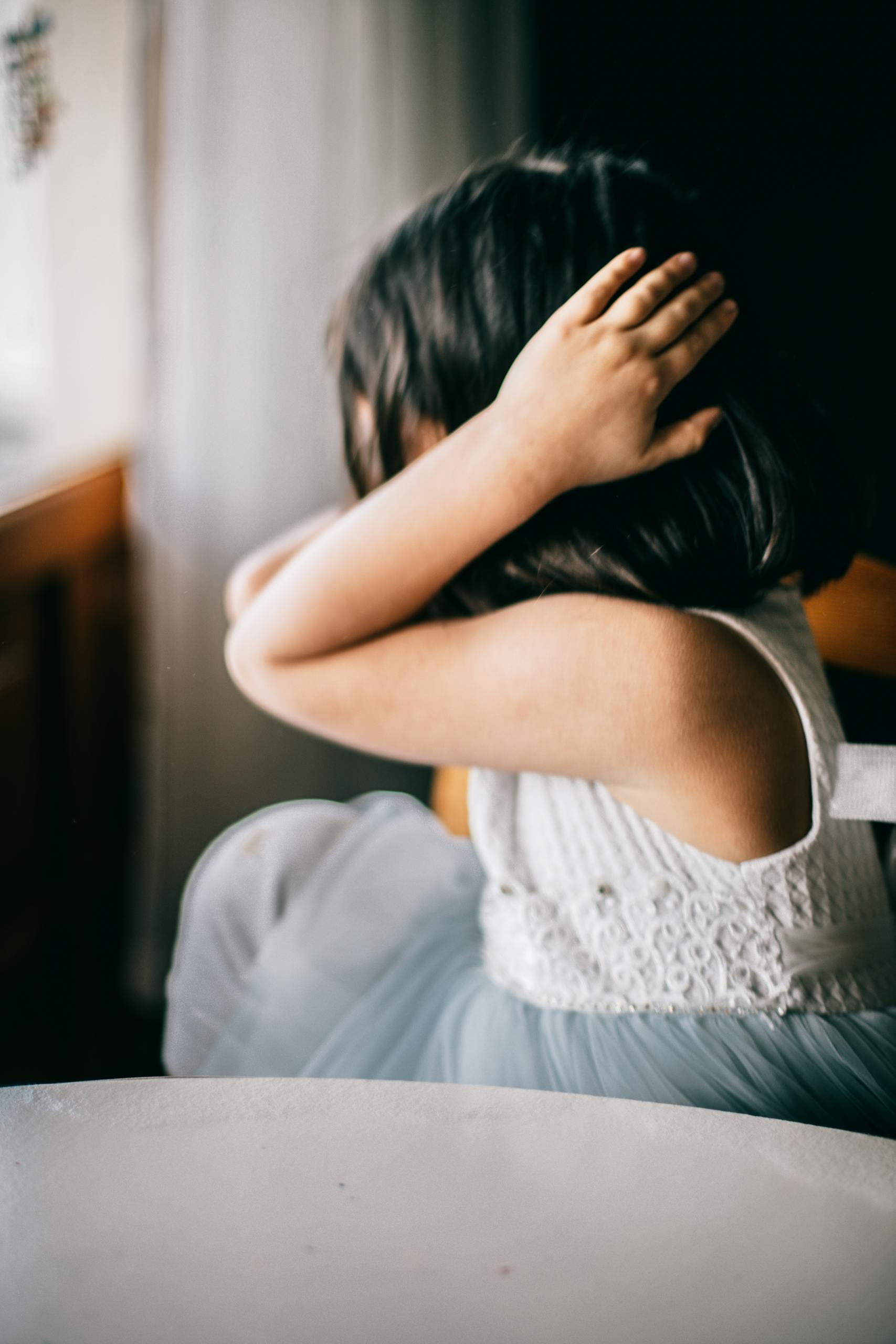
Symptoms of Childhood Anxiety
Anxiety in childhood can take many different forms, and it can include both mental and physical symptoms. Early detection of these signs can result in immediate support and intervention.
1. Emotional Symptoms
- Excessive Worry: Children with anxiety often experience excessive and unrealistic worries about everyday situations.
- Fear: They may exhibit intense fears about specific objects, situations, or activities, such as fear of the dark, animals, or social situations.
- Irritability: Anxiety can cause children to become easily irritable and have frequent mood swings.
- Restlessness: They may have difficulty sitting still and appear constantly on edge.
2. Physical Symptoms
- Stomachaches and Headaches: Physical symptoms like stomachaches, headaches, and muscle tension are common in anxious children (American Psychological Association, 2018).
- Sleep Disturbances: Anxiety can lead to trouble falling asleep, staying asleep, or experiencing nightmares.
- Fatigue: Despite sufficient sleep, anxious children may feel constantly tired and lack energy.
3. Behavioural Symptoms
- Avoidance: Avoiding situations or activities that trigger anxiety is a common behaviour. This can include avoiding school, social interactions, or specific places.
- Clinginess: Anxious children may become overly clingy to parents or caregivers, struggling to be alone or in unfamiliar situations.
Causes of Childhood Anxiety
Several factors contribute to the development of anxiety in children, ranging from genetic predispositions to environmental influences.
Genetic Factors
Research indicates that anxiety can be hereditary. Children with a family history of anxiety disorders are more likely to develop anxiety themselves (Hendriks et al., 2018).
Environmental Factors
- Parental Influence: Parenting style plays a significant role in childhood anxiety. Overprotective or overly critical parenting can increase anxiety levels in children (Ginsburg et al., 2015).
- Traumatic Events: Exposure to traumatic events, such as accidents, natural disasters, or the loss of a loved one, can trigger anxiety.
- Chronic Stress: Continuous exposure to stressful situations, such as family conflicts or academic pressure, can contribute to anxiety.
Biological Factors
Imbalances in brain chemistry, particularly involving neurotransmitters like serotonin and dopamine, have been linked to anxiety disorders. Additionally, the amygdala, the brain region responsible for fear responses, may be more active in children with anxiety (NIMH, 2018).
Treatments for Childhood Anxiety
An effective treatment plan for childhood anxiety frequently combines lifestyle modifications, therapy techniques, and, occasionally, medication.
Cognitive-Behavioural Therapy (CBT)
CBT is a widely used and effective treatment for anxiety in children. It assists kids in recognizing and combating harmful thought patterns as well as creating more constructive coping techniques. Research has demonstrated that CBT can considerably lessen children’s symptoms of anxiety (Ginsburg et al., 2011).
Play Therapy
Play therapy can be very helpful for younger kids. According to Bratton et al. (2005), this therapy makes use of play to assist kids in understanding their experiences, expressing their feelings, and creating safe coping mechanisms.
Medication
Medication may be recommended in extreme circumstances to treat anxiety symptoms. For the treatment of anxiety in children, selective serotonin reuptake inhibitors (SSRIs) are frequently utilized. Medication, however, has to be taken into consideration only in extreme cases and under the supervision of a licensed healthcare professional (Walkup et al., 2008).
Mindfulness and Relaxation Techniques
By promoting relaxation and lowering tension, mindfulness techniques like progressive muscle relaxation, guided visualization, and deep breathing can help kids manage their anxiety. Studies back up the efficiency of mindfulness-based therapies in lowering feelings of anxiety (Zenner et al., 2014).
Parental Involvement
In order to effectively treat childhood anxiety, parents must actively participate. Parents can acquire techniques to foster their child’s coping abilities, serve as positive role models, and maintain a nurturing atmosphere at home. To address any familial causes causing the child’s anxiety, family therapy may also be helpful (Creswell et al., 2020).
Conclusion
In order to give impacted children the support and solutions they require, it is essential to understand childhood anxiety. We can assist kids in controlling their anxiety and leading better, happier lives by recognizing the signs, figuring out the causes, and putting good remedies into practice. To address this rising issue and guarantee that kids receive the care they require, further research and awareness campaigns are essential.
References
American Psychological Association. (2018). Anxiety in children. Retrieved from https://www.apa.org
Bratton, S. C., Ray, D., Rhine, T., & Jones, L. (2005). The efficacy of play therapy with children: A meta-analytic review of treatment outcomes. Professional Psychology: Research and Practice, 36(4), 376.
Creswell, C., Waite, P., & Cooper, P. J. (2020). Assessment and management of anxiety disorders in children and adolescents. Archives of Disease in Childhood, 105(7), 662-668.
Ginsburg, G. S., Becker, K. D., Kingery, J. N., & Nichols, T. (2008). Transporting CBT for child anxiety: Therapist factors associated with CBT knowledge acquisition. Professional Psychology: Research and Practice, 39(4), 424.
Ginsburg, G. S., Becker, K. D., Keeton, C. P., Sakolsky, D., Piacentini, J., Albano, A. M., … & March, J. (2011). Naturalistic follow-up of youths treated for pediatric anxiety disorders. JAMA Psychiatry, 71(3), 310-318.
Hendriks, S. M., Spijker, J., Licht, C. M. M., Hardeveld, F., de Graaf, R., Batelaan, N. M., & Penninx, B. W. (2018). Childhood parental rearing, social anxiety, and the cortisol awakening response. Psychoneuroendocrinology, 97, 142-148.
National Institute of Mental Health (NIMH). (2018). Anxiety disorders. Retrieved from https://www.nimh.nih.gov/health/topics/anxiety-disorders/index.shtml
Walkup, J. T., Albano, A. M., Piacentini, J., Birmaher, B., Compton, S. N., Sherrill, J. T., … & Kendall, P. C. (2008). Cognitive behavioral therapy, sertraline, or a combination in childhood anxiety. New England Journal of Medicine, 359(26), 2753-2766.
Zenner, C., Herrnleben-Kurz, S., & Walach, H. (2014). Mindfulness-based interventions in schools—a systematic review and meta-analysis. Frontiers in Psychology, 5, 603.
